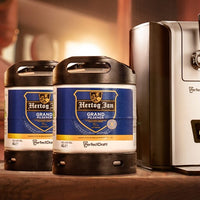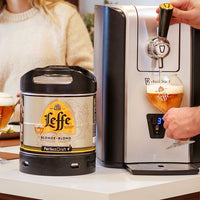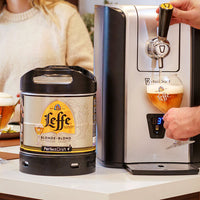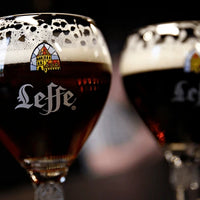In the early 1970s, the global brewing industry was preoccupied with commercial competitiveness. Breweries focused on producing an ever-increasing volume of beer, lowering costs and reducing production time rather than honouring, quality and craft at the heart of beer the product. Consumption and production of a single style of beer, lager, was at an all-time high. While this homogeneous bland tasting beer appealed to the mass market, it was not what all consumers wanted.
When air travel became cheaper, easier and faster in the mid 1970s. American beer drinkers began to explore Europe and experience the beers of Belgium, Holland and Germany. Unable to find these European styles in America, many decided to brew these beers illegally. Under pressure from a group of home brewers, the US federal government legalised homebrewing on February 1st 1979 and the Home Brewer's Association, which later became the Brewer's Association, was founded by avid home brewer Charlie Papazian.
Ultimately, it was these home brewers that started the craft brewing movement in the United States and the rest of the world followed suit. According to the Brewer's Association, the beer produced by 7,346 brewpubs, micro-breweries and craft breweries today accounts for 13.2% of the American beer market. Only 104 non-craft or large breweries make up the rest of production.
In Ireland, the first wave of craft breweries such as the Porterhouse, Franciscan Well brew pub and the Carlow brewing company (O'Hara's) emerged in the 1990s, but it wasn't until after the Celtic Tiger that the industry really expanded here. This was a period of uncertainty, yet it offered opportunity for would-be Irish craft brewers. Rents were low, people were no longer tied to specific careers and, often due to redundancy or an unpredictable job market, people wanted to do something they loved for a living.
Our home brewers, like those in America 30 years before, saw that there was more to beer than cold, light and fizzy or dark. They had travelled to Europe, America and New Zealand trying different, exciting beer styles. They loved brewing these styles at home and their friends loved drinking them, so those with an entrepreneurial spirit wondered if they could do this commercially? This was the genesis of the second wave of craft beer producers in Ireland. According to Bord Bia, there were 75 independent production microbreweries and a further 50 micro-brewing companies (breweries that are producing their beer in someone else's brewery) operating in Ireland by 2018.
So to answer the question: Is craft beer a fad, or is it here to stay? Answer: craft beer isn't going away any time soon.








